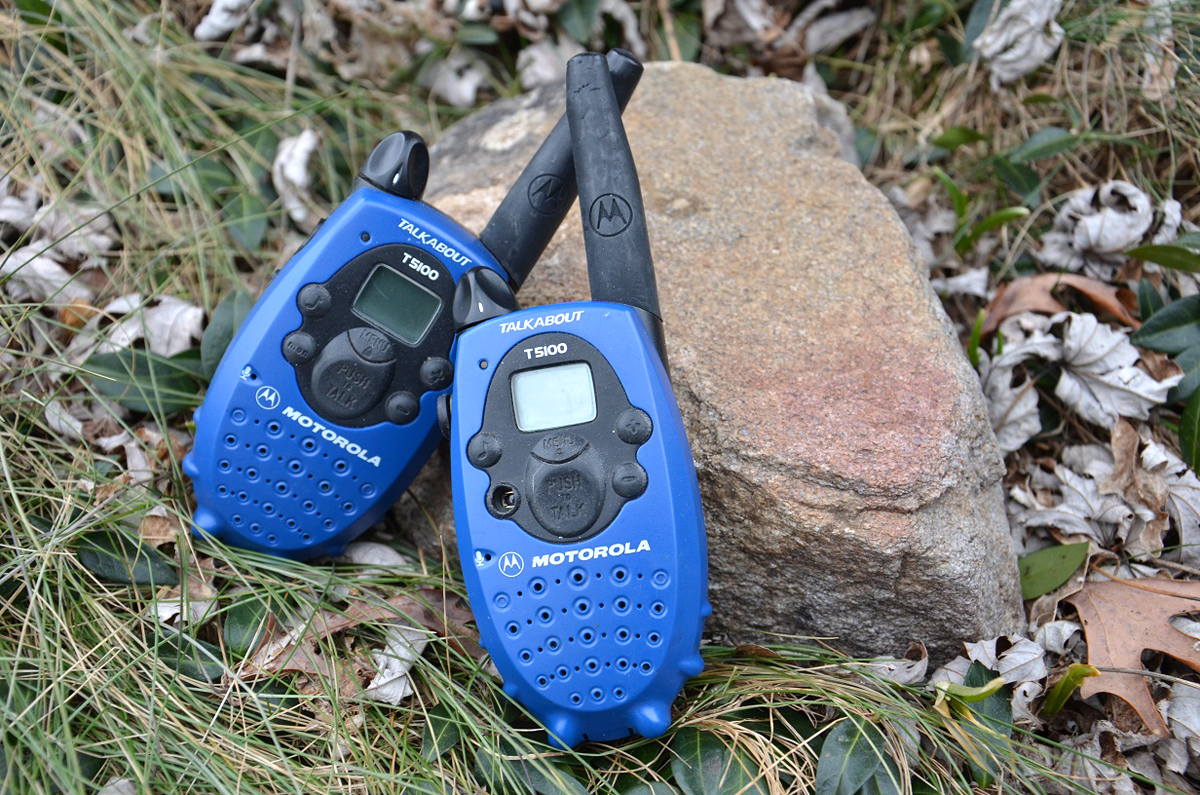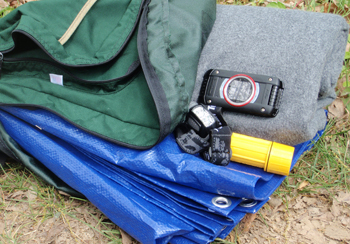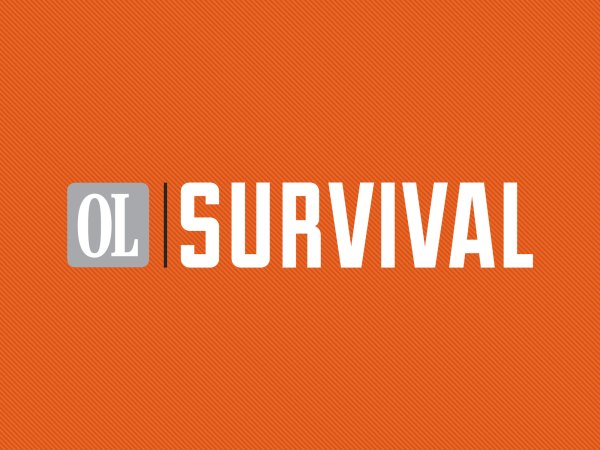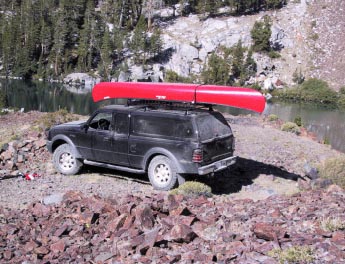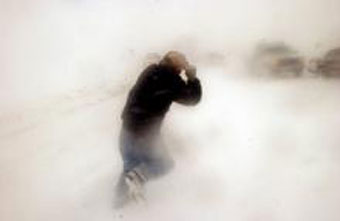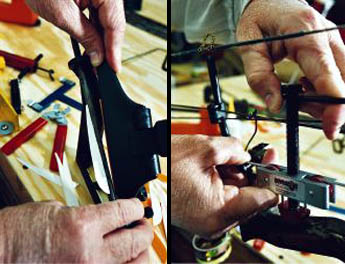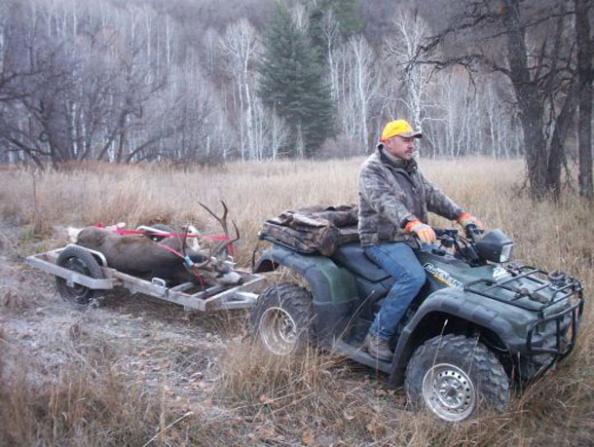We may earn revenue from the products available on this page and participate in affiliate programs. Learn More ›
Ah, the walkie talkie. At some point in our youth, we’ve probably all thought about asking our parents to get us a set (at least for those of us who were around before every 10-year-old had an iPhone 47, or whatever the hell kids have these days). Maybe Mom and Dad listened back then, and one of your childhood Christmas trees was graced with a colorful set of pocket radios underneath it. Or perhaps you got your first set as an adult, to keep in touch with your hunting and fishing buddies. Either way, the walkie talkie has been a fun recreational item for decades. But perhaps it’s time to put away childish things, and consider the value of instant communication in an emergency situation where mobile phones and landline communications are down. What if a crisis hit and you needed to talk with someone a mile or two away? Walkie talkies aren’t perfect, and we’ll talk about that in the pros and cons, but isn’t some communication better than none? You bet it is!
The Pros
These are some of the great reasons to own and use walkie talkies in an emergency.
—These little gizmos work whether the grid is up or down, unless they were bathed in the unholy scourge of an EMP. But even that can be circumvented by storing the units in a makeshift Faraday cage until needed.
—They allow direct and immediate communication with people who may several miles away.
—Their batteries may be swapped out with the batteries from a flashlight or some other scavenged source.
—The latest units are far better than ones made just a few years ago, and the prices are still reasonable.
—Modern walkie talkies have many options, such as interference elimination, weather alerts, hands free operation and an SOS signal.

The Cons
And now for the bad news. Every silver cloud has its gray lining. Here are some of the problems you can run into with the average set of walkie talkies
—The advertised range of the units is under perfect conditions–dry air, direct line of sight, no vegetation blocking the signal. If there is abundant vegetation, high humidity, or atmospheric interference, your best results may only be a tenth of the advertised range.
—Even if you’re within your working range for the terrain, if a ridge or hill blocks your line of sight, it can and probably will block the transmission.
—Your batteries will go dead. You’d better have an ammo can full of spares. BTW, don’t dump loose batteries in the ammo can. They can touch terminals and discharge in storage. Leave your batteries in the store packaging and you’ll have good batteries for years to come.
—You need both units to be operational. Lose or break one, and talk time is over.
On a final note, and in the interest of full disclosure with you all, we have two sets of walkie talkies in our household. They are both cheap and relatively ineffective. After writing this post, however, I have reconsidered our position and my next preparedness purchase will be the best set I can afford. If you don’t have a set, I’d encourage you to consider getting one. And if you can afford it, get the good ones. You never know when they may come in handy.
Do you have walkie talkies? Are they part of your preparedness plans? Please tell us about your experiences with them and favorite brand by leaving a comment.
